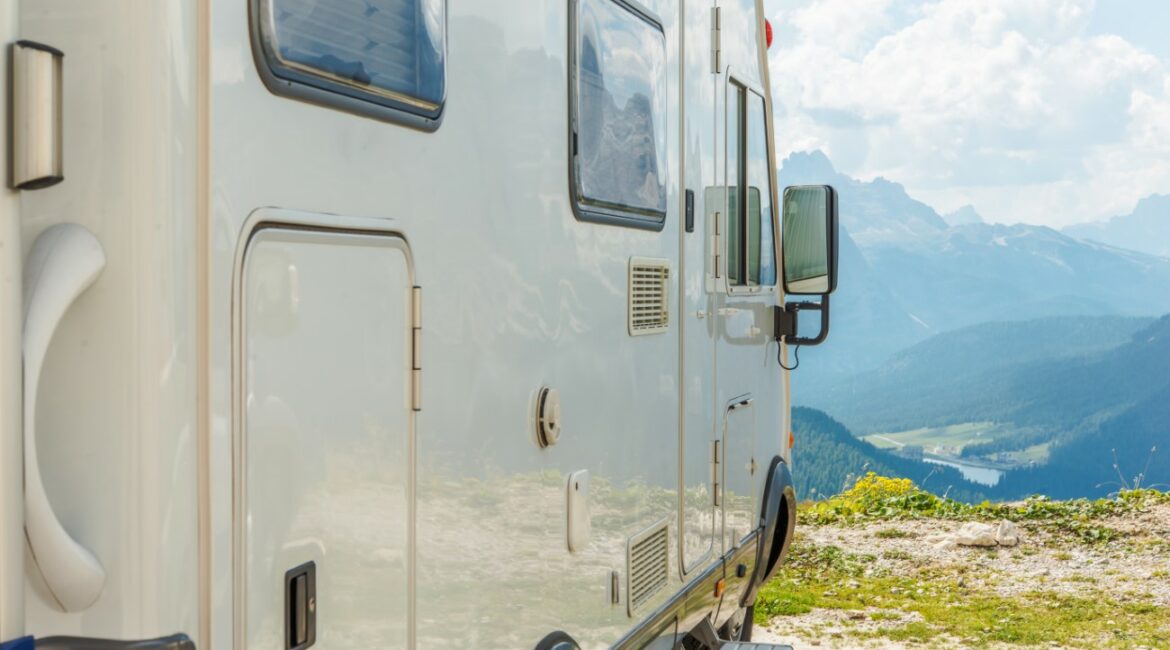Are you ready to hit the open road and experience the thrill of boondocking in your RV? It’s an incredible way to connect with nature, explore remote locations, and enjoy a sense of freedom like no other. Hi, I’m Darren, and I’ve been boondocking for years. In this guide, we’ll tackle the burning question: Is boondocking safe? Let’s debunk the myths, reveal the facts, and ensure your boondocking adventures are both thrilling and secure.
Boondocking Basics
Before we dive into the safety aspects, let’s cover some basics:
1. What is Boondocking?
Boondocking, also known as dry camping, is RV camping in undeveloped areas, often without access to traditional amenities like water, electricity, or sewer hookups. You rely on your RV’s self-sustaining systems.
2. The Appeal of Boondocking
Boondocking is all about escaping crowded campgrounds, finding solitude in nature, and experiencing breathtaking sunrises and sunsets. It’s an opportunity to truly disconnect.
Boondocking Safety Myths vs. Facts
Now, let’s address some common myths and facts about boondocking safety:
Myth 1: Boondocking is Dangerous
Fact: Boondocking is generally safe if you take necessary precautions. Crime rates in remote areas are often lower than in cities. Just use common sense and trust your instincts.
Myth 2: You’re Completely Alone
Fact: While you might camp in secluded areas, you’re rarely completely isolated. Many boondocking spots have fellow RVers nearby, offering a sense of community.
Myth 3: No Cell Service Means No Help
Fact: It’s true that some boondocking spots lack cell service, but that’s not always the case. Be prepared with communication alternatives like satellite phones or personal locator beacons.
Myth 4: Wildlife is a Constant Threat
Fact: While wildlife encounters can happen, they’re usually peaceful and awe-inspiring. Learn about wildlife behavior and how to store your food safely to minimize risks.
Myth 5: You Can Park Anywhere
Fact: You can’t just park anywhere when boondocking. Always respect posted rules and regulations. Many public lands have designated boondocking areas.
Safety Tips for Boondocking
Now that we’ve tackled the myths, let’s explore some essential safety tips:
1. Research Your Destination
Before heading out, research your boondocking location. Look for recent reviews and check the weather forecast. Knowledge is your best ally.
2. Let Someone Know Your Plans
Tell a trusted friend or family member where you’ll be and when you plan to return. This way, someone knows your whereabouts.
3. Carry Essential Supplies
Stock up on essentials like water, food, first-aid kits, and fire extinguishers. A well-prepared RVer is a safe RVer.
4. Stay Aware of Local Wildlife
Learn about the local wildlife and how to coexist with it peacefully. Keep a safe distance and secure your food to avoid attracting animals.
5. Practice Leave No Trace
Leave your boondocking spot as you found it. Respect nature, and don’t leave any trash behind.
FAIs Boondocking Safe? The Myths and Facts Revealed!
Are there specific tools or apps to find safe boondocking locations?
Yes, there are apps and websites like Campendium and iOverlander that offer user-generated reviews and information on boondocking spots.
What kind of safety gear should I carry when boondocking?
Aside from the basics, consider carrying a good flashlight, a basic tool kit, and an emergency jump starter for your RV.
How do I find water when boondocking in remote areas?
You can carry extra water with you, use a water filter system, or plan trips around areas with potable water sources.
What’s the best way to deal with extreme weather while boondocking?
Monitor weather forecasts and have a plan for extreme conditions. This may mean moving to a safer location or having extra supplies on hand.
Can I boondock in any type of RV?
Most RVs can be used for boondocking, but larger, self-contained rigs with ample freshwater and waste capacity are best suited for extended stays.
Boondocking can be a safe and rewarding way to explore the great outdoors. By following these tips and understanding the myths versus facts, you’ll be well-prepared for your next adventure. Stay safe and savor the freedom of boondocking!
- Transform Your Health with Medford Medical Weight Loss Program - June 9, 2025
- A Chat with Nate and Mika, Christian Wedding Photographers - July 18, 2024
- Ultimate Guide To Playing Online Casinos - May 27, 2024









